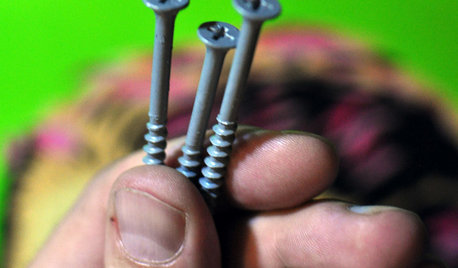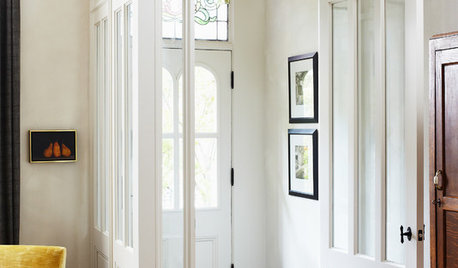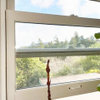How do I stop stripping screws?
alisande
17 years ago
Related Stories

DIY PROJECTSThe Taming of the Screw
Learn the different types and uses of screws to pick the right kind for your next DIY or home improvement project
Full Story
HOUSEKEEPINGLower Your Heating Bills With Some Simple Weather Stripping
Plug the holes in your house this winter to make sure cold air stays where it belongs: outside
Full Story
GARDENING GUIDESHow to Stop Worrying and Start Loving Clay Soil
Clay has many more benefits than you might imagine
Full Story
FEEL-GOOD HOMEStop That Draft: 8 Ways to Keep Winter Chills Out
Stay warm without turning up the thermostat by choosing the right curtains, windows and more
Full Story
LAWN ALTERNATIVESStop Fighting the Patchy Lawn!
Here are 3 situations where a garden may be a better idea than more turfgrass
Full Story
FARM YOUR YARDHow to Farm Your Parking Strip
Get an up-close look at a thriving street-side edible garden, one of many sprouting up in Seattle
Full Story
CURB APPEALTake Your Hell Strip to Heavenly Heights: 8 Design Ideas
Trade weedy dirt and trash for a parking strip filled with wispy grasses, low-growing flowers and textural trees
Full Story
FARM YOUR YARDHow to Build a Raised Bed for Your Veggies and Plants
Whether you’re farming your parking strip or beautifying your backyard, a planting box you make yourself can come in mighty handy
Full Story
DECORATING GUIDESThe Dumbest Decorating Decisions I’ve Ever Made
Caution: Do not try these at home
Full Story
FEEL-GOOD HOME12 Very Useful Things I've Learned From Designers
These simple ideas can make life at home more efficient and enjoyable
Full StoryMore Discussions









Jon1270
brickeyee
Related Professionals
Christiansburg Cabinets & Cabinetry · Potomac Cabinets & Cabinetry · Central Cabinets & Cabinetry · Hayward Carpenters · Homestead Carpenters · Snellville Carpenters · Evergreen Park Carpenters · Bend Flooring Contractors · Jenison Flooring Contractors · Johnson City Flooring Contractors · Rockledge Flooring Contractors · Saugus Flooring Contractors · St. Louis Flooring Contractors · Glenvar Heights Furniture & Accessories · Mill Valley Furniture & Accessoriesericwi
alisandeOriginal Author
magnum300
alisandeOriginal Author
kmealy
brickeyee